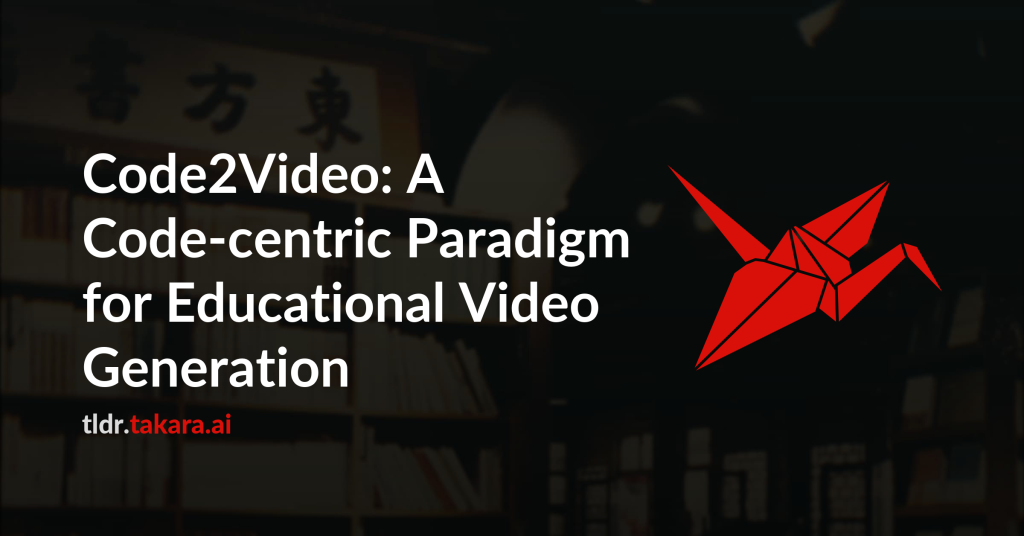While recent generative models advance pixel-space video synthesis, they
remain limited in producing professional educational videos, which demand
disciplinary knowledge, precise visual structures, and coherent transitions,
limiting their applicability in educational scenarios. Intuitively, such
requirements are better addressed through the manipulation of a renderable
environment, which can be explicitly controlled via logical commands (e.g.,
code). In this work, we propose Code2Video, a code-centric agent framework for
generating educational videos via executable Python code. The framework
comprises three collaborative agents: (i) Planner, which structures lecture
content into temporally coherent flows and prepares corresponding visual
assets; (ii) Coder, which converts structured instructions into executable
Python codes while incorporating scope-guided auto-fix to enhance efficiency;
and (iii) Critic, which leverages vision-language models (VLM) with visual
anchor prompts to refine spatial layout and ensure clarity. To support
systematic evaluation, we build MMMC, a benchmark of professionally produced,
discipline-specific educational videos. We evaluate MMMC across diverse
dimensions, including VLM-as-a-Judge aesthetic scores, code efficiency, and
particularly, TeachQuiz, a novel end-to-end metric that quantifies how well a
VLM, after unlearning, can recover knowledge by watching the generated videos.
Our results demonstrate the potential of Code2Video as a scalable,
interpretable, and controllable approach, achieving 40% improvement over direct
code generation and producing videos comparable to human-crafted tutorials. The
code and datasets are available at https://github.com/showlab/Code2Video.

